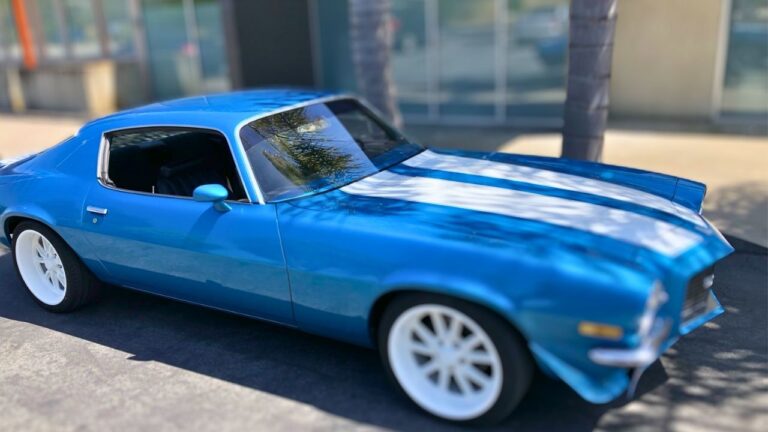Powder coating requires expensive equipment like industrial ovens and spray tools, and its curing process takes longer than liquid paint, increasing costs significantly.
Powder coating offers virtually limitless color options, from bold brights to subtle neutrals – making it the ideal solution for mass produced goods.
Cost per square foot
Powder coating costs may differ by region, but are generally cheaper than wet painting and more durable and heat-resistant than its counterpart. Prices can also depend on factors like item size, color choice and prep work such as cleaning, degreasing and sand blasting which will take place prior to coating being performed on any component.
To determine cost per square foot, it’s essential that you know how much surface area one pound of powder covers. You can do this by multiplying length and width and dividing by the specific gravity (found on TDS sheets or with pycnometers), then using this information calculate dry film thickness and use that information to divide your cost per lb by this number and get your estimated costs per sqft.
Cost per pound
Cost per pound of powder coating depends on the item being coated as well as minimum charges and hourly labor rates. Specific gravity, transfer efficiency and mil thickness also play a factor.
Powder coating is more environmentally-friendly and durable than liquid paints, without emitting toxic fumes due to volatile organic compounds or solvents needed for curing. Plus, any excess powder sprayed during application can be recycled instead of polluting our environment!
However, hiring a professional to powder coat your wheels or other metal objects remains the optimal approach. Search local shops with outstanding reviews from customers; examine pictures of their previous work; inquire about credentials; you can even visit the Powder Coating Industry’s website to view a list of companies with plenty of experience who boast happy clients as this will save both time and money over time. Choosing such an experienced company will save both time and money in the long run!

Coverage
Powder coating is a durable, cost-efficient finish that protects surfaces against corrosion and oxidation, making it suitable for applications across industries including appliances, automotive, fabricated steel furniture garden equipment office equipment store fixtures etc. Powder coating also boasts greater efficiency and environmental friendliness compared to liquid paint – using no volatile organic compounds (VOCs) while any oversprayed powder can be collected and reused later.
Transfer efficiency of powder coat is a critical element to its appearance and overall quality, influencing everything from gun size and powder specific gravity to experience and proper equipment setup.
Powder coating comes in an assortment of colors and can even be textured or matte. While powder can help cover imperfections on a part, it cannot make up for poor workmanship; smooth glossy powder requires meticulous surface preparation while matte or textured powder may be more forgiving.
Thickness
Powder coating offers an alternative to liquid paint that is both resilient and attractive, offering resistance against chipping, cracking, fading and rusting – more environmentally-friendly than traditional spray painting – with longer curing times and the need for special equipment such as an oven and gun making it a more costly process than wet painting.
Powder coat thickness is vitally important to its performance and aesthetic. It must meet all the specifications set forth by its manufacturer, while additionally be confirmed after curing to ensure it remains accurate.
Powder coat thickness can be measured using a power comb that stretches across the surface of a part and takes readings at different points on it, before averaged out and compared against recommendations provided by powder manufacturers to determine an approximate coating thickness measurement. While not as precise, this method provides an approximate indicator of coating thickness.
